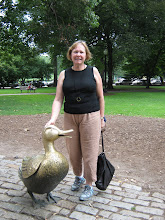Seaweed Day aims to explore the potential of the seaweed industry and learn more about how seaweed can contribute to feeding the world, climate change mitigation, and ecosystem support. In line with the UN's goal, 'Zero Hunger,' farming only 2% of the ocean would provide enough protein to feed 12 billion people
We’re spoilt in Australia when it comes to seaweed diversity. South Australia is actually a seaweed haven; 60% of the seaweed’s found on the South Australian coastline are found nowhere else in the world. There are thousands of different types of seaweeds you can find washed up on the beaches in Australia. Everyone seems to love the kelps, a family of about 120 large brown seaweeds. Giant kelp can grow one metre in two days and can reach full maturity, up to 50m in length, in a matter of months. Recently there’s been some promising research into seaweed biofuels that can power vehicles, which is pretty neat. Many people are also not aware that there’s a long history of Aboriginal and Torres Strait Islander Peoples using seaweed to make shoes, water carriers and shelters. (Mathew Bate, author of With a Little Kelp from Our Friends)This book, Amazing Seaweed by Uncle Ken Jones gives an Indigenous perspective to caring for country, in particular the seaweeds.
The importance of seaweed for our First Nations people is explored, including the various ways they used it for consumption and for making things. This story also reveals the scientific interest in seaweed as a “superfood” for the future.
Surprisingly there are many books in the library that can be used to explore seaweed:











No comments:
Post a Comment